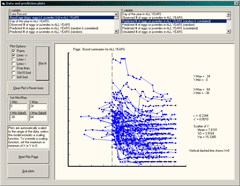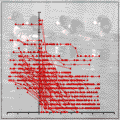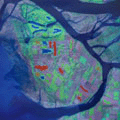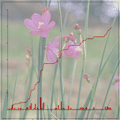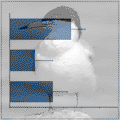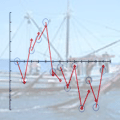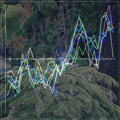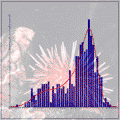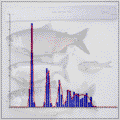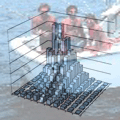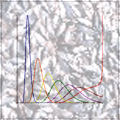|
||||||||||||||||||||||||||||||||||||||||||||||||||||||||||||||||||||||||||||||||||||||||||||||||||||||||||||||||||||||||
|
||||||||||||||||||||||||||||||||||||||||||||||||||||||||||||||||||||||||||||||||||||||||||||||||||||||||||||||||||||||||
| Model Applications |
Advice to users Practitioners planning to use any of the statistical models available on this menu should read the SmartStats © and concepts web pages for wisdom and advice on using the SmartStats © infrastructure. Nevertheless, the utilitarian advice offered on this website does not preempt the need for model users to be sufficiently proficient in the theory and practice of statistical model design, fitting, diagnostics and interpretation. Confident use of any of the models offered here will require some investment in learning. |
|||||||||||||||||||||||||||||||||||||||||||||||||||||||||||||||||||||||||||||||||||||||||||||||||||||||||||||||||||||||
|
||||||||||||||||||||||||||||||||||||||||||||||||||||||||||||||||||||||||||||||||||||||||||||||||||||||||||||||||||||||||
